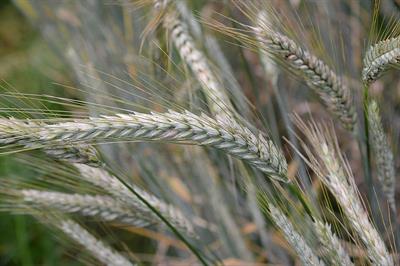
PUMPA - SMART LEARNING
எங்கள் ஆசிரியர்களுடன் 1-ஆன்-1 ஆலோசனை நேரத்தைப் பெறுங்கள். டாப்பர் ஆவதற்கு நாங்கள் பயிற்சி அளிப்போம்
Book Free DemoIn sexually reproducing organisms, the somatic cells have two complete sets of chromosomes. This is referred to as diploid (2n). The gametes have only one set of chromosomes. This is referred to as haploid (n).
An organism having more than two sets of chromosomes is called polyploid (Greek: polys = many + aploos = one fold + eidos = shape). Such a condition is called polyploidy.
Polyploidy occurs in nature due to the failure of the separation of chromosomes at anaphase. It can be artificially induced by:
1. Physical agents - heat, cold treatment and X-rays.
2. Chemical agents - colchicine.
Depending on the number of sets of chromosomes present in a polyploid, it is called triploid (3n), tetraploid (4n), pentaploid (5n), hexaploidy (6n) etc. The polyploids with an odd number of chromosome sets are sexually sterile and thus, must be vegetatively propagated. The types of polyploidy:
a. Autopolyploid
b. Allopolyploid
Achievements of polyploidy breeding:
Some of the achievements of polyploidy breeding include:
i. Seedless watermelons (3n) and bananas (3n).

Seedless watermelon
ii. Tea cultivar triploid variety - TV-29 has larger shoots and are drought tolerant.
iii. Triticale (6n) is a wheat-rye hybrid. Polyploidy is used to make this plant fertile. It has more dietary fibre and protein. Among artificially produced polyploidy, triticale is the first man-made crop derived by crossing rye and wheat.

Triticale
iv. Raphano brassica is an allotetraploid induced by colchicine treatment. It is an artificial hybridization of radish (Raphanus) and cabbage (Brassica).

Raphnobrassica
A video explaining polyploidy in plant breeding:
Reference:
https://www.flickr.com/photos/10506540@N07/4672965375
https://commons.wikimedia.org/wiki/File:Triticale_(8)bewerkt.jpg
https://upload.wikimedia.org/wikipedia/commons/a/a8/Brassicoraphanus.jpg
https://youtu.be/LV0PmBBB43Q